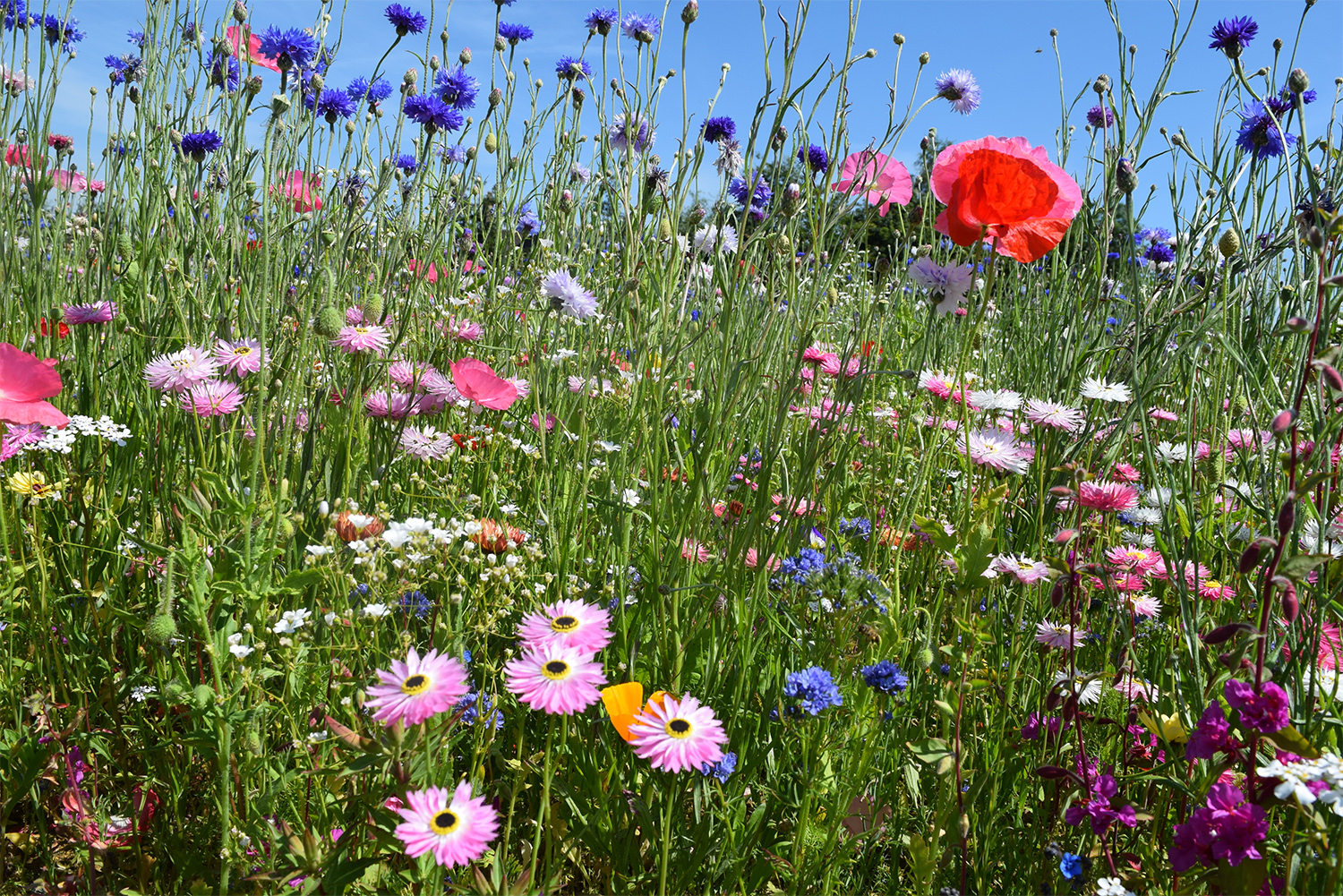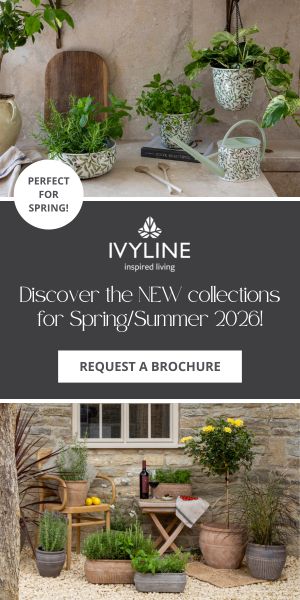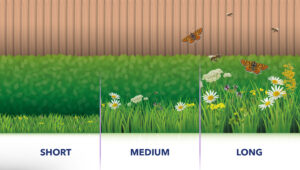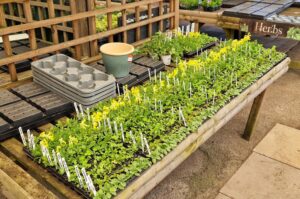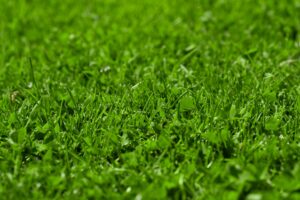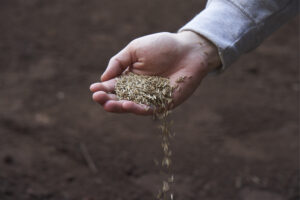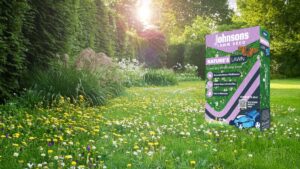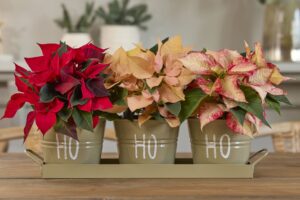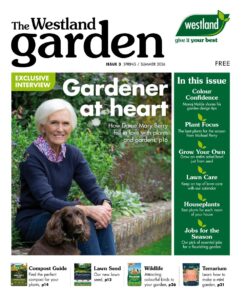For many Brits, a garden is more than just an outdoor space, it’s a vital part of the home. In fact, according to new survey*, luxury garden furniture company, Barker and Stonehouse, 94% of Brits say a garden is important when choosing a property, proving that our connection to nature and desire to access outdoor spaces is stronger than ever.
While traditional manicured lawns and pristine patios have long been seen as the ideal, a growing number of homeowners are now embracing a more relaxed, naturalistic approach.
The survey also showed that 20% of Brits now prefer a wild garden style, favouring informal designs filled with lush planting, meandering pathways, and spaces where nature can flourish freely. This growing trend shows a shift towards cultivating gardens that feel inviting, functional, and low-maintenance while providing a space that encourages biodiversity.
Speaking to Guy Jenkins, Consumer Manager at Johnsons Lawn Seed, Barker and Stonehouse share the key to the wild garden style and how you can create an outdoor space which supports both you and wildlife.
Guy says: “Many insects prefer simple, flat flowers as they are easier to feed from. A sunny and sheltered position will offer ideal growing conditions where the scent and colour of the flowers can be easily detected by butterflies and bees.
“Herbs like lavender, thyme and oregano are very appealing to insects, alongside verbena and milkweed. People who are lucky enough to have a Buddleia in their garden will also know that these beautiful flowering bushes are an absolute feast for butterflies. Fruit trees, especially apple, are another important source of both nectar and pollen for bees as well as butterflies. If you look out for the RHS ‘Perfect for Pollinators’ logo, you can’t go wrong.

“The mistake I see most often is when people simply scatter flower seeds on top of grass in the hope that something will somehow take root! You need to treat wildflower seeds in the same way you would any other flower, fruit or vegetable plant, and sow them in cultivated soil.
For those who still crave a pristine lawn but are keen to embrace the wildflower trend and sustainable gardening, Johnsons Lawn Seed has introduced Nature’s Lawn, an ingenious mix of mowable wildflowers and grass seed.
For those with smaller garden spaces or balconies, Guy recommends:
“Make the most of a smaller balcony or patio area with a vertical garden that uses a sturdy trellis or another upright structure that you can fix planters to. You can upcycle any sort of container (as long as it isn’t too heavy), for a boho-style vertical garden that will fill up with beautiful wildflowers throughout spring and summer.”
From an aesthetic standpoint, wild garden styles are often about letting your garden grow freely and working with the natural shapes and colours that form from the plants and materials.
When it comes to furniture; seating, covers and surfaces should work with your garden and not against it, harmonising the spaces for you to sit and enjoy the outdoors and the greenery that surrounds them.
With this in mind, Head of Product and Displays at Barker and Stonehouse, Lena Gierasinska, shares her tips for incorporating garden furniture into your wild garden:
Integrate the right materials

Lena says: “Avoid low-quality plastic furniture unless it’s specifically designed for outdoor durability. While plastic may seem convenient, continuous exposure to UV rays can cause it to fade, crack, or become brittle over time.
“Their rich, warm tones blend effortlessly with the organic textures of a wild garden, creating a sense of harmony with the surrounding greenery. Over time, these woods can develop a silvery-grey patina, which only enhances their rustic charm.”
Choose durability over convenience
Lena says: “Avoid synthetic rattan or plastic furniture unless it’s specifically designed for outdoor durability. While these materials may seem convenient, they can fade, crack, or become brittle when exposed to changing weather conditions.
“Additionally, their often uniform and artificial appearance can jar with the soft, natural shapes typical of a wild garden. Instead, consider investing in materials that will gracefully age alongside your outdoor space.”
Consider placement
Lena says: “When placing furniture in a wild garden, consider tucking seating into hidden or partially secluded spots to create peaceful retreats. Positioning a bench beneath a tree canopy, a reading chair nestled within tall grasses, or a small table set behind climbing plants can offer a sense of discovery and tranquillity. These tucked-away spaces encourage moments of quiet reflection, allowing you to feel immersed in nature while still enjoying a comfortable place to unwind.”
Incorporate open and airy designs
Lena says: “Choose furniture with open, airy designs that allow your garden to remain the focal point. Pieces with slender frames, woven details, or foldable designs can feel less imposing in a natural setting.
“Lightweight benches, bistro sets, or moveable chairs also offer flexibility, letting you adapt your seating area to follow the sun, shade, or seasonal blooms without disturbing the garden’s delicate balance.”
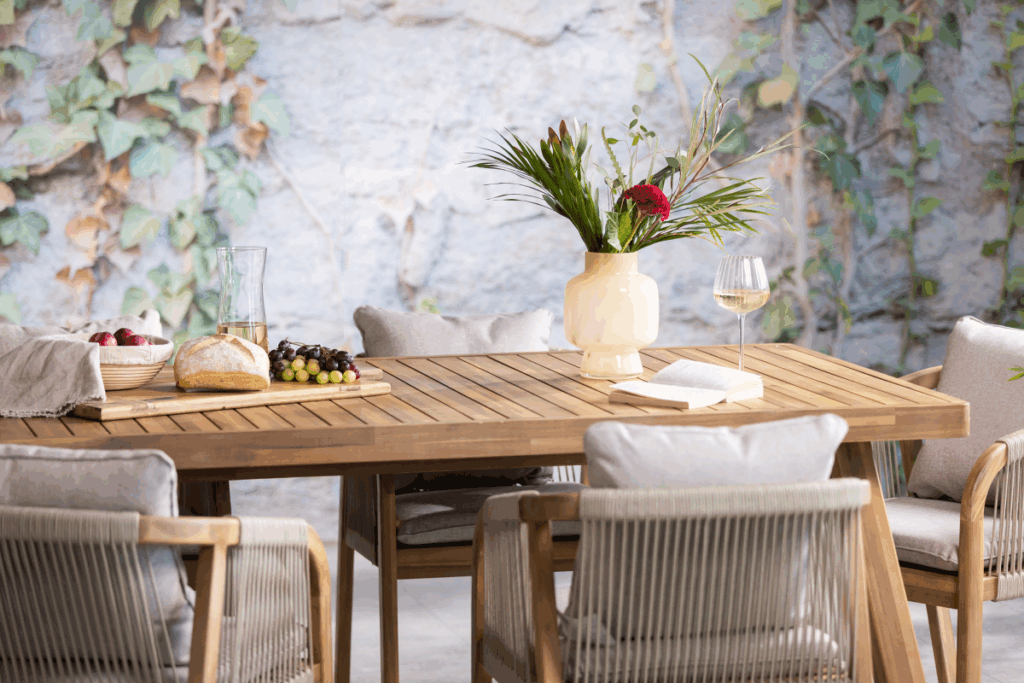
Choose flexible furniture styling for hosting
Lena says: “To create a welcoming space for hosting in a wild garden, flexible furniture is also a great choice as it can adapt to gatherings without overwhelming the natural setting. Consider lightweight foldable chairs, stackable stools, or extendable tables that can be easily moved or expanded when needed.
“For hosting, position seating in natural clearings or on gravelled areas to avoid damaging plants and use soft furnishings like outdoor cushions or blankets in earthy tones to enhance comfort while blending with the wild aesthetic.”
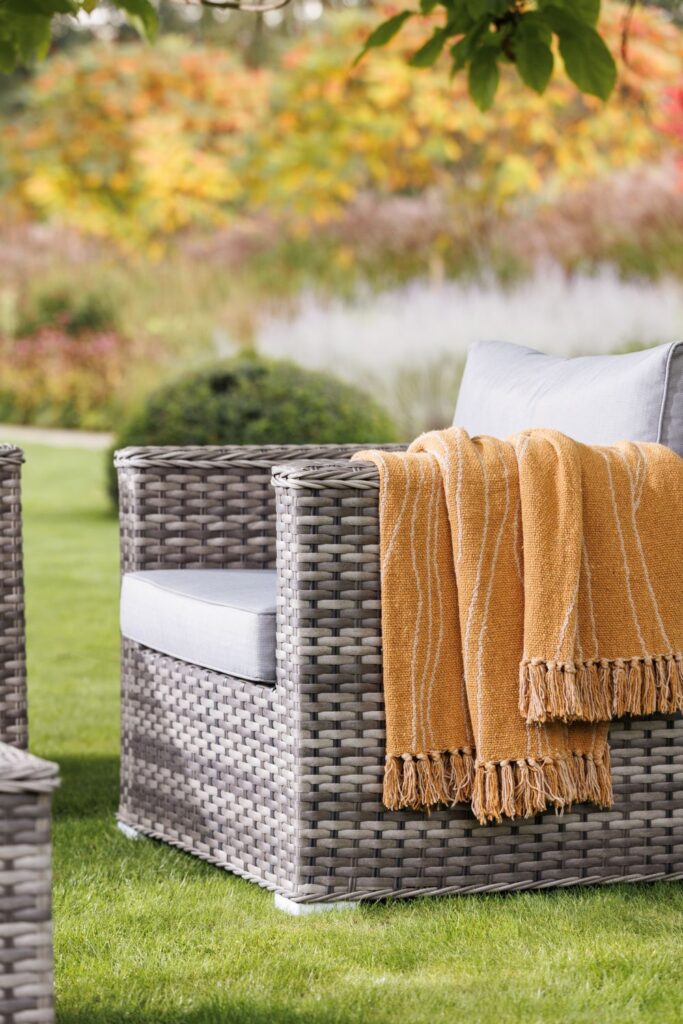
*1000 UK residents were questioned in February 2025


